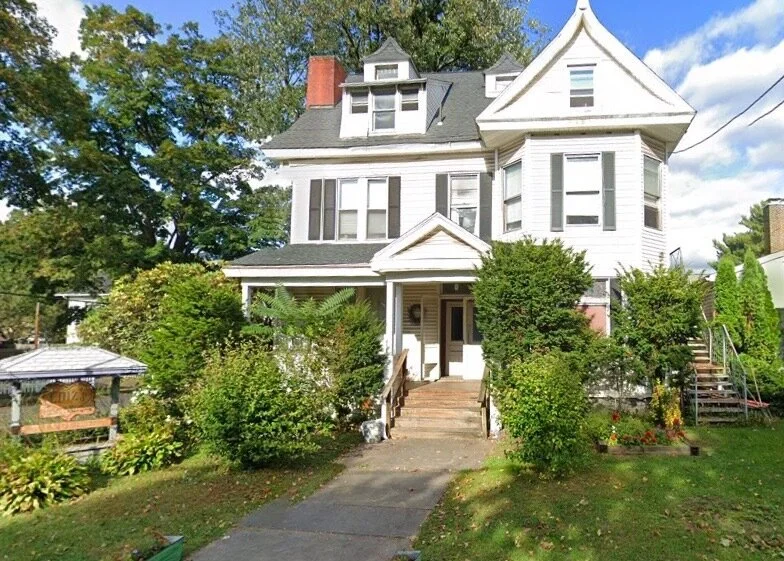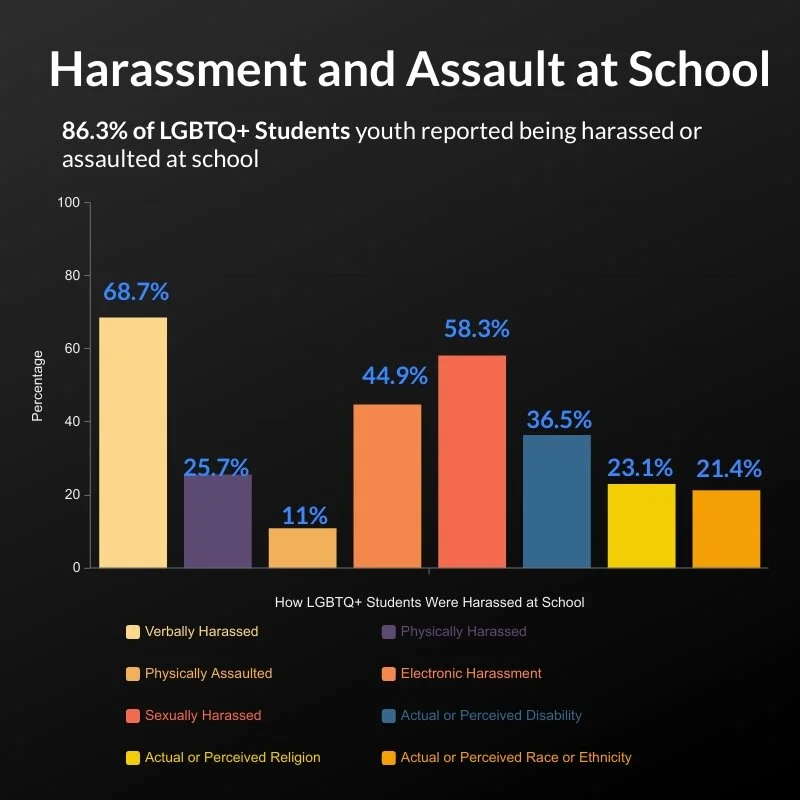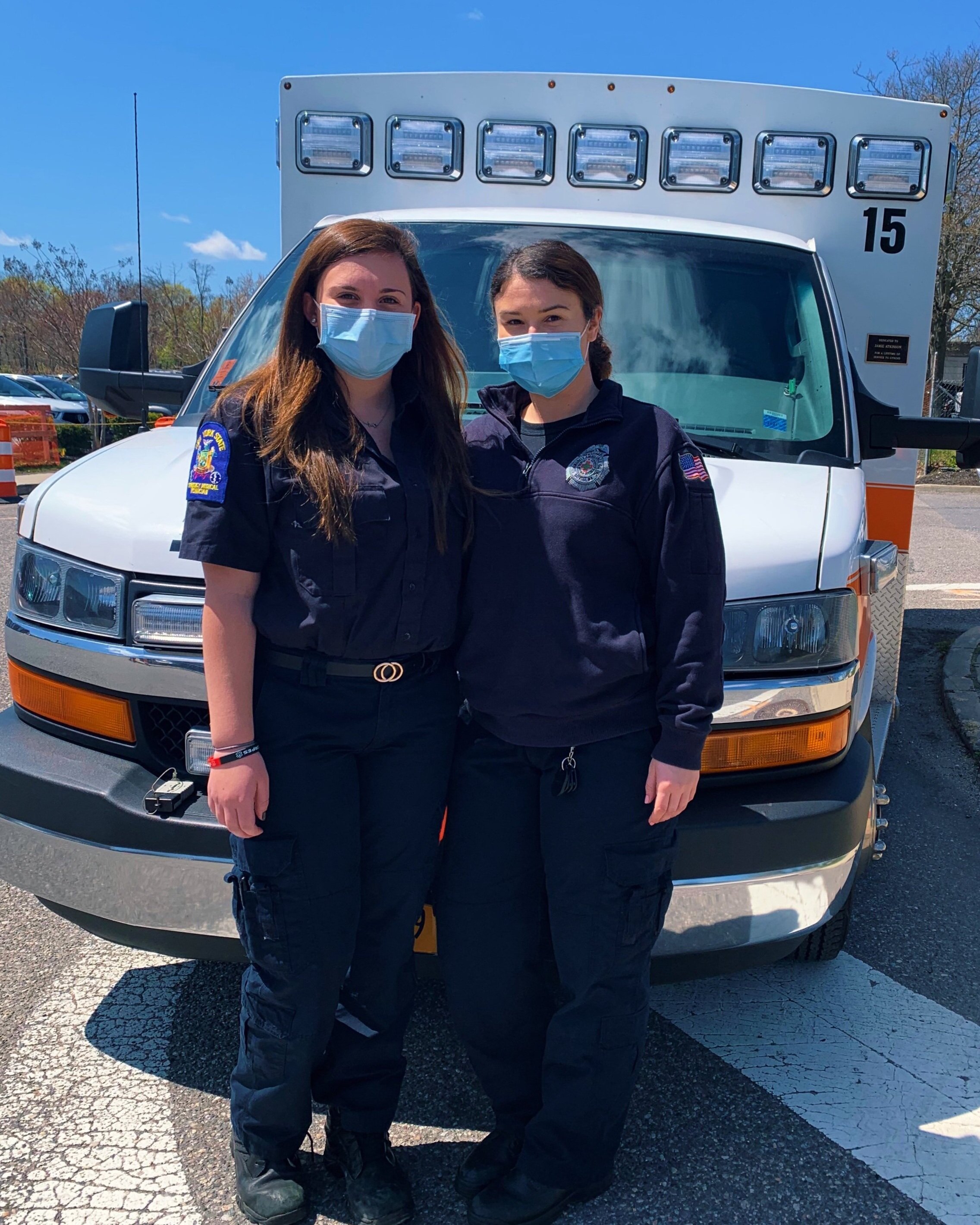From Bustling to Bust: The Woodbury Commons’ Pandemic Plunge
Notice: For the protection of their identities, we changed the names of the employee sources mentioned in this story and omitted the brands they work for.
“It really is an economic driver that’s impossible to understate…”
Every few weeks, Harriett Boyce, an NYC resident and realtor, traveled up to Orange County and spent her day at the Woodbury Commons. She and her family strolled through dozens of stores, taking in the bustling outdoor ambiance and searching for the best deals from her favorite brands like Roy Burch, Nautica, and Gucci. Even if she wasn’t in the shopping mood, Zakinova enjoys going to the mall as a break from the city. “Spend a day, maybe have a little fun,” she remarked.
Boyce is just one of the thousands who adore this crowning consumerism jewel in the Hudson Valley. Opened in 1985, the Commons is an outlet mall nestled in Woodbury, New York. It’s owned by Simon Property Group, a retail estate company with malls all over the United States.
Saying that the Commons is just another mall in the region would be an understatement greater than its sales. Bill Fioravanti, Orange County economic development director, can’t stress enough how important the Commons is for the area. “It really is an economic driver that’s impossible to overstate...it’s enormous for the county and the entire region,” he explained. When asked if another mall or attraction rivals the Commons in profits, Fioravanti drew a complete blank.
“I can’t think of anything that’s in the same stratosphere. Legoland New York is going to begin opening this month in April...they’re expecting up to two and a half million visitors a year...as opposed to the Woodbury Commons with 13 million visitors a year...the numbers are that much greater,” he continued.
And the numbers back him up. For the last few decades, the Commons crushed sales, raking in $1.3 billion in annual revenue and brought huge traction to the state.
Most pre-pandemic visitors were not from New York or even America, but from all over the world. These international shoppers flew thousands of miles just to visit the Commons, drawn to its luxurious but affordable wares.
Of course, with such a massive customer influx, the mall needs a workforce to keep pace with the demands. “There are about 3,500 employees there...I think that’s really important. Retail is a component; they’re providing a lot of jobs, and it’s definitely great jobs for a lot of young people,” Fioravanti mentioned.
In the employee’s shoes, working retail provides all sorts of agitations. Rosina Fulton, one of the mall workers, notes that the Commons’s customers are especially “needy, unrealistic, and high maintenance.” She supports this with an anecdote from before the pandemic of a frustrated woman arguing with her staff after not finding the dress she wanted. “She started to complain about needing more help...the lady just kept wanting us to literally make something off the rack,” she recounted.
Aside from hearing the occasional huffing and puffing, Fulton loved working there before the pandemic hit, crediting the store’s tight teamwork for her enjoyment. “The culture of the company is that, as long as you’re working hard and going above and beyond, you should be having fun...you work together not only as a team but as family,” she said. Fulton said she and her coworkers cover each other’s backs during busy shifts and participated in team-building activities like pre-work meetings and human pyramids. To Fulton, it made coming into work all the more stimulating.
However, like with everything else last year, the billions in revenue came to a crashing halt with COVID-19’s arrival. On March 18th, 2020, Governor Andrew Cuomo declared all malls in New York State closed. Cuomo originally slated for their reopening on March 29th, but as the pandemic worsened, so did the wait.
Area from the food court completely shut down and packed away
The shutdown’s impact varied case-by-case. Upon hearing the news from her manager while on break, Fulton sighed in relief. She and her coworkers feared the outbreak reaching them and wanted their company to close its doors as soon as possible. “We had been pleading with our upper management to the store. We weren’t making any money anyway. With so few people coming in and barely spending, it was just putting ourselves at risk for what?” she asserted. Right before traveling froze, Fulton retreated to her immediate family living in a different state and enjoyed painting while away from New York. “I felt like it was the best vacation and mental health break I’ve ever gotten from life stressors,” she noted.
Not everyone got off as easy. Shanice Rose, a sales associate who’s worked at the Commons since 2010, stayed busy at home with online training required by her managers. “They kept us on even though there’s really nothing for us to do at home because we’re salespeople...they would have us doing these silly things all day long like virtual fashion shows, writing little reports, and just general things that we’ve never done before. That’s not in our job description,” Rose explained.
Danni Alston, another mall employee, enjoyed driving for DoorDash while waiting out the closure. “I could make my own hours...and I didn’t have to interact with too many people… I was kind of at my own pace doing my own thing,” she said, mentioning that Doordash felt more comfortable to work at than her store at times. Despite earning income safely enough, the pandemic still scared Alston. “I guess I was scared. They told me I wasn’t to work for two weeks, and then it ended up being three months,” she recounted, describing her thoughts right after her store closed.
The retail stagnation finally ended during mid-June when the Commons reopened its doors, now with extra sanitizer and gloves. Most workers got their jobs back, and shoppers immediately flooded the mall, excited once more to grab some lavish wares.
“...as far as my coworkers and I, everybody is just not happy being overworked and underpaid.”
While at her previous store, Fulton dealt with loads of customers during the summer with only the help of one of two other coworkers for the first few weeks. She recalled a particular Tuesday in June with a line so long outside, because of the limited indoors capacity, it wrapped around the front of another store. With only one other coworker, the two formed a plan to handle the hordes. “She and I were like ‘oh my goodness’...customers were very needy and excited to get back and shop,” she described. Despite the crazy turnout, Fulton was still enthusiastic about working again.
A lengthy line waiting outside of Gucci
That was until the company’s new CEO took over during March 2020 and made changes for the worse, leaving her store with fewer workers, less training, and meager bonuses. Couple this with the pressures of COVID-19, and Fulton left and settled comfortably at another store. “Because they were trying to save money so much...It just didn’t stand for what I stood for,” she explained.
Rose, meanwhile, feels frustrated with the limitations and responsibilities thrown onto her and wants to get out of the Commons. “I must say, as far as my coworkers and I, everybody is just not happy being overworked and underpaid,” she stressed. On top of cut hours and low pay, she and the staff must patrol in-store due to increased theft and decreased security, which annoys some customers. During one shift, Rose checked up on a customer, only for them to verbally lash out. “I was just mortified,” she mentioned.
Rose pointed out similar issues with safety precautions. Many of the mall’s stores uphold these regulations fine enough; Sanya Richards, a vendor at the mall, got into the rhythm of wiping products, enforcing social distancing, and maintaining limited capacity over time. “I would say in the beginning, it was extra steps, but now it’s just habit,” she said.
But for Rose’s store, too few staff and too many customers get in the way. For instance, employees must clean all used fitting rooms and leave them empty for 15 minutes, which Rose struggles to do. “We’re so short, we’re so understaffed. It’s so hard to check what everybody’s doing,” she explained.
There have been numerous bumps as the Commons rebounds from the pandemic. Some stores remain closed, many employees got laid off, and the region as a whole lost a huge chunk of revenue. But, people still count on the Commons for apparel and employees still count on it for paychecks. As the vaccine rolls out and traveling opens up, there’s no denying that the Commons will rise again as New York’s premium outlet. Rather, the question is, how long will it take? American shoppers may flock to the mall, but what about the international ones, the bulk of its customers? When will travel become safe enough on a global scale?
When asked about it, many workers answered the same: about a year or two. Rose said the Commons will continue improving, but given her current circumstances, she no longer wants to be a part of it. She hopes to find an easier job outside of the Commons. “I want a life with weekends and a structured schedule,” she emphasized.





































































